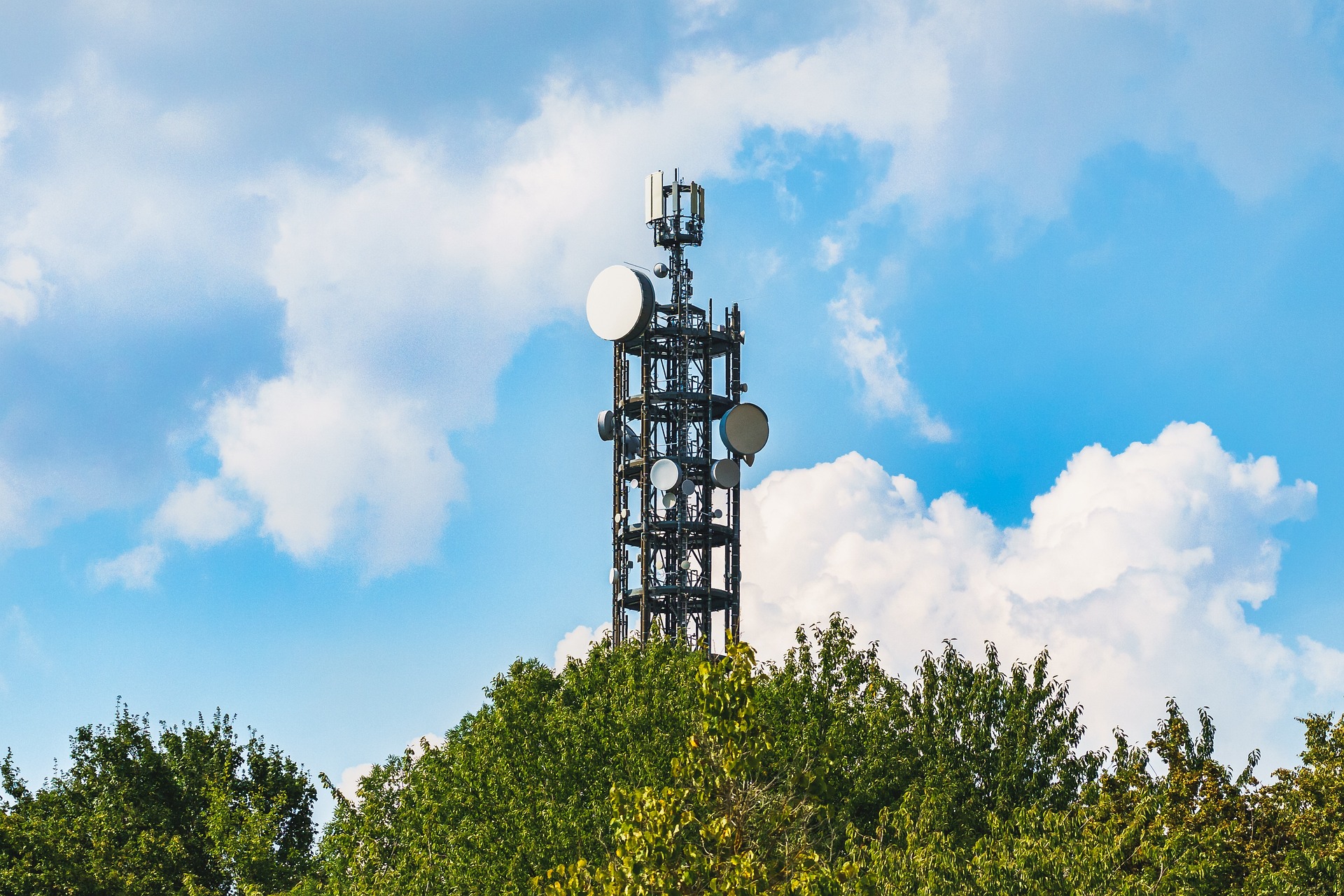Decoding the Future: Telecommunication Advancements Beyond 5G
As the world reels from the surge in digital transformation, the telecom industry is not left behind. This sector continues to evolve, presenting cutting-edge advancements that go beyond the highly publicized 5G technology. We delve into the lesser-known technologies that are shaping the future of telecommunications.

The Advent of Terahertz (THz) Communication
Terahertz (THz) communication is an emerging field that promises to revolutionize the telecom industry. This technology operates in the frequency range between 0.1 to 10 THz, promising superior data rates compared to current wireless technologies. THz communication has the potential to support applications requiring ultra-high speed connections, such as remote surgery and immersive virtual reality.
Though still in its infancy, THz communication is showing promise. However, challenges such as signal attenuation and the lack of mature technology for generating and detecting THz waves persist. Overcoming these hurdles will open a new chapter in high-speed wireless communications.
The Rise of Software-Defined Networking (SDN)
Software-Defined Networking (SDN) is a novel approach to network architecture. Unlike traditional networks where the control and data planes are closely linked, SDN separates these two aspects. This separation allows network administrators to manage network services through abstraction of lower-level functionality.
SDN offers benefits such as central management, programmability, and network visibility. This approach is proving beneficial in managing the growing network complexity and ensuring seamless connectivity. Despite these benefits, SDN adoption faces challenges such as security concerns and compatibility issues with existing network equipment.
AI & ML: The New Frontiers in Telecom
Artificial Intelligence (AI) and Machine Learning (ML) are making significant strides in the telecom sector. These technologies are being utilized to optimize network operations, predict failures, and enhance customer experience.
AI algorithms can analyze massive amounts of data to predict network congestion and preemptively re-route traffic, ensuring seamless connectivity. Similarly, ML can be used to predict equipment failure, allowing for proactive maintenance and reducing downtime. However, the integration of AI and ML in telecom infrastructure is not without challenges. Issues such as data privacy and the need for specialized skills are notable hurdles.
Green Telecommunication: A Sustainable Future
The telecom industry, like many others, is feeling the pressure to adopt sustainable practices. Green telecommunication, or Green Telecom, is an approach that aims to reduce the environmental impact of telecom activities.
Green Telecom strategies include the use of renewable energy sources, energy-efficient equipment, and recycling programs. Despite the clear benefits, the transition to Green Telecom faces hurdles such as high initial costs and regulatory challenges.
Wrapping Up: The Future is Bright and Fast
The future of the telecom industry promises to be exciting, with advancements like THz communication, SDN, AI, and ML set to transform the way we connect. Green Telecom also presents an opportunity to make the industry more sustainable. These technologies, despite their challenges, offer a glimpse into a future where high-speed, efficient, and eco-friendly connectivity is the norm.




